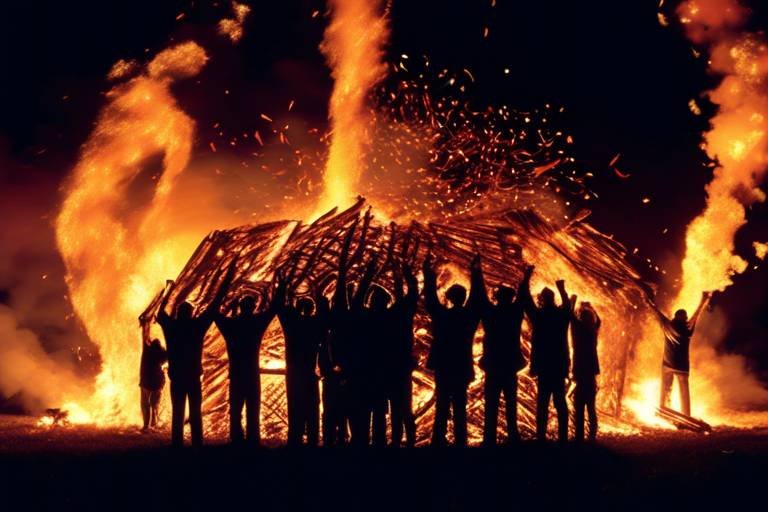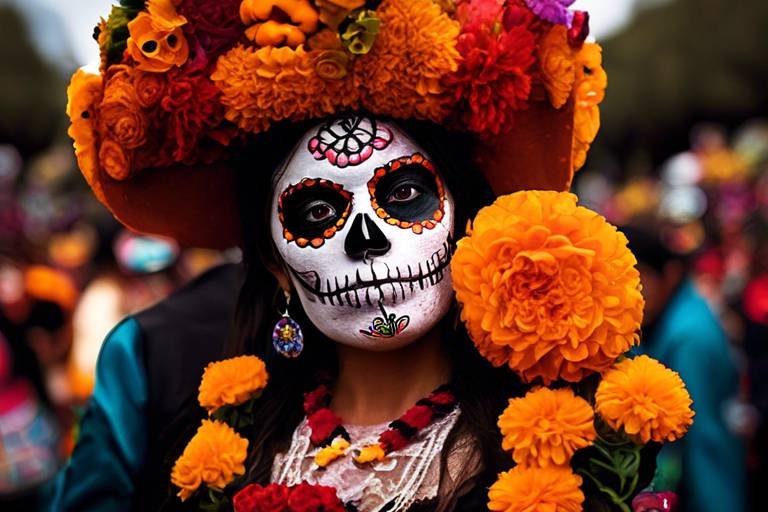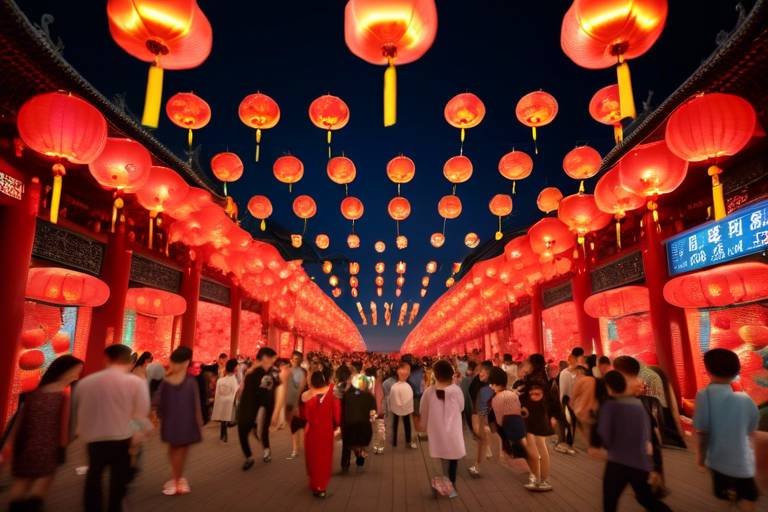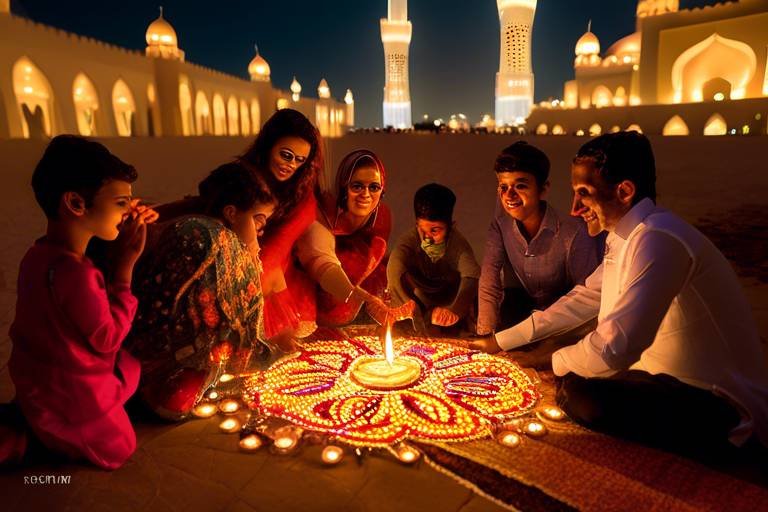Exploring the Unique Culture of Peru's Inti Raymi
Peru's Inti Raymi festival is a vibrant and colorful celebration that pays homage to the Incan sun god, Inti, showcasing the rich culture and traditions of the Peruvian people. This annual event is filled with lively parades, traditional music, captivating dance performances, and ancient rituals that date back to the Incan Empire.
During Inti Raymi, the streets come alive with a burst of energy as locals and visitors alike gather to witness the spectacle of this cultural extravaganza. The festival serves as a testament to the deep-rooted connection between the Incan people and the sun, symbolizing the vital role of Inti in agriculture, life, and spirituality.
Participants don vibrant traditional costumes adorned with intricate patterns and colors that reflect the heritage of the Incas. Each attire carries symbolic significance, adding to the visual feast of the festival and transporting spectators back in time to the ancient Incan civilization.
One of the highlights of Inti Raymi is the ceremonial practices and rituals that are performed with precision and reverence. From offerings to Pachamama, the Mother Earth, to the symbolic reenactment of ancient Incan traditions, every aspect of the festival is steeped in tradition and cultural significance.
Modern-day Inti Raymi blends these ancient rituals with contemporary elements, creating a unique fusion of the past and present. The festivities attract a diverse crowd of locals and tourists, all eager to experience the magic of this cultural celebration firsthand.
Community participation plays a crucial role in the success of Inti Raymi, with local residents, artists, and volunteers coming together to organize and partake in the event. This sense of unity and cultural pride is palpable throughout the festival, fostering a strong sense of community spirit among all involved.
Furthermore, Inti Raymi has become a major tourist attraction, drawing visitors from around the globe and boosting Peru's tourism industry. The economic opportunities generated by the festival benefit local businesses and artisans, contributing to the overall growth and prosperity of the region.
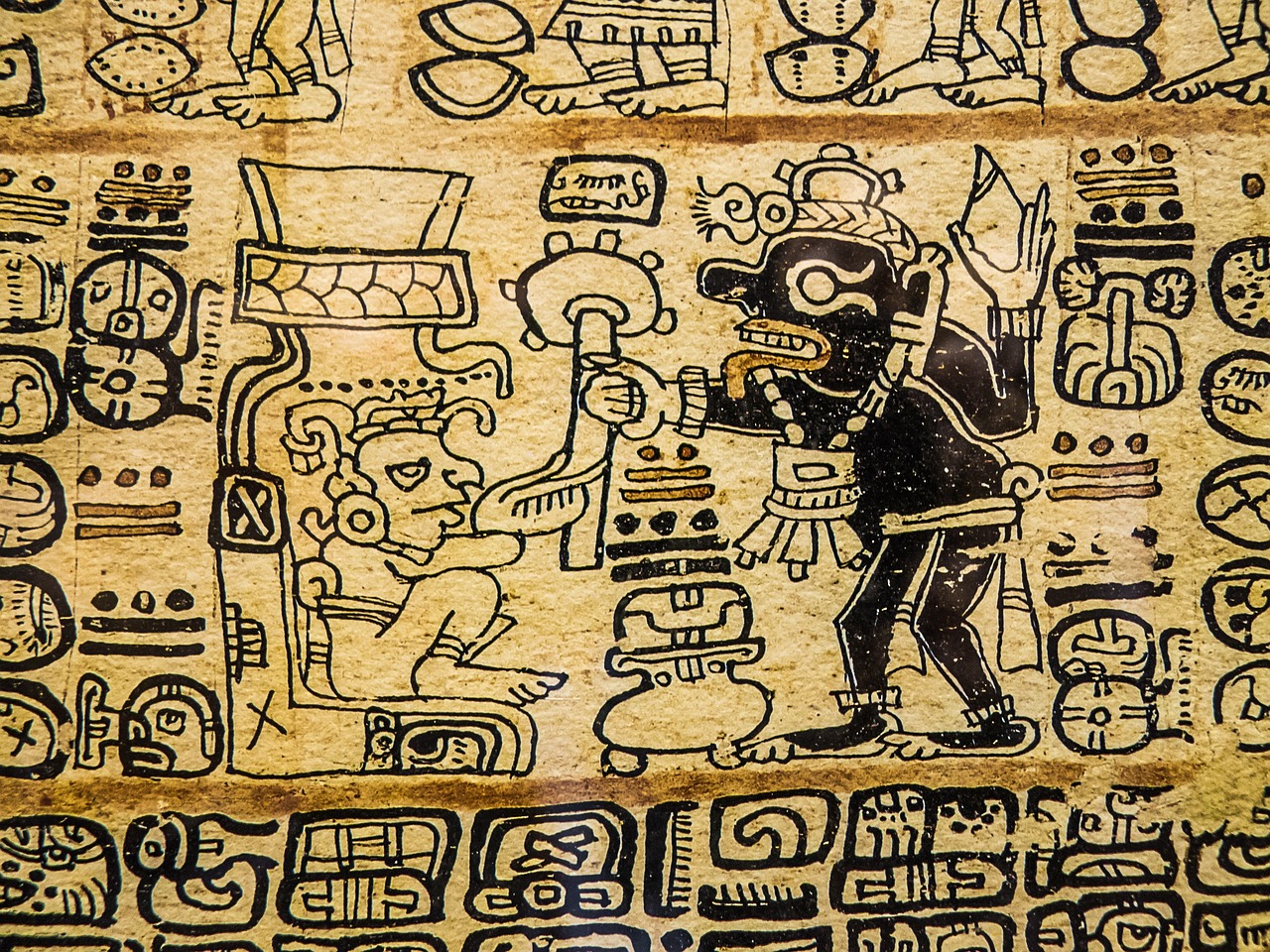
History of Inti Raymi
The history of Inti Raymi traces back to the Incan Empire, where it held profound significance as a religious ceremony dedicated to honoring the sun god, Inti. This ancient festival was a key event in Incan culture, marking the winter solstice and the start of a new agricultural cycle. Inti Raymi was a time of great spiritual importance, as the Incan civilization revered the sun as a symbol of life, warmth, and abundance.
During the Incan era, Inti Raymi was a grand celebration led by the Sapa Inca, the emperor of the Incan Empire. The festival included elaborate rituals, offerings, and ceremonies conducted at the Coricancha temple in the capital city of Cusco. It was a time of feasting, music, dance, and spiritual reflection, with the entire community coming together to honor Inti and seek his blessings for a fruitful harvest and prosperity.
Following the Spanish conquest of Peru in the 16th century, the celebration of Inti Raymi was suppressed as part of the colonization efforts to impose Christianity on the indigenous population. However, the tradition of Inti Raymi persisted in hidden forms, preserved by indigenous communities in remote regions of the Andes.
In the early 20th century, efforts were made to revive and reconstruct Inti Raymi as a public event, drawing on historical records and oral traditions to recreate the ancient rituals and ceremonies. Today, Inti Raymi has evolved into a vibrant cultural festival that not only commemorates the Incan heritage but also serves as a symbol of resilience and cultural pride for the people of Peru.
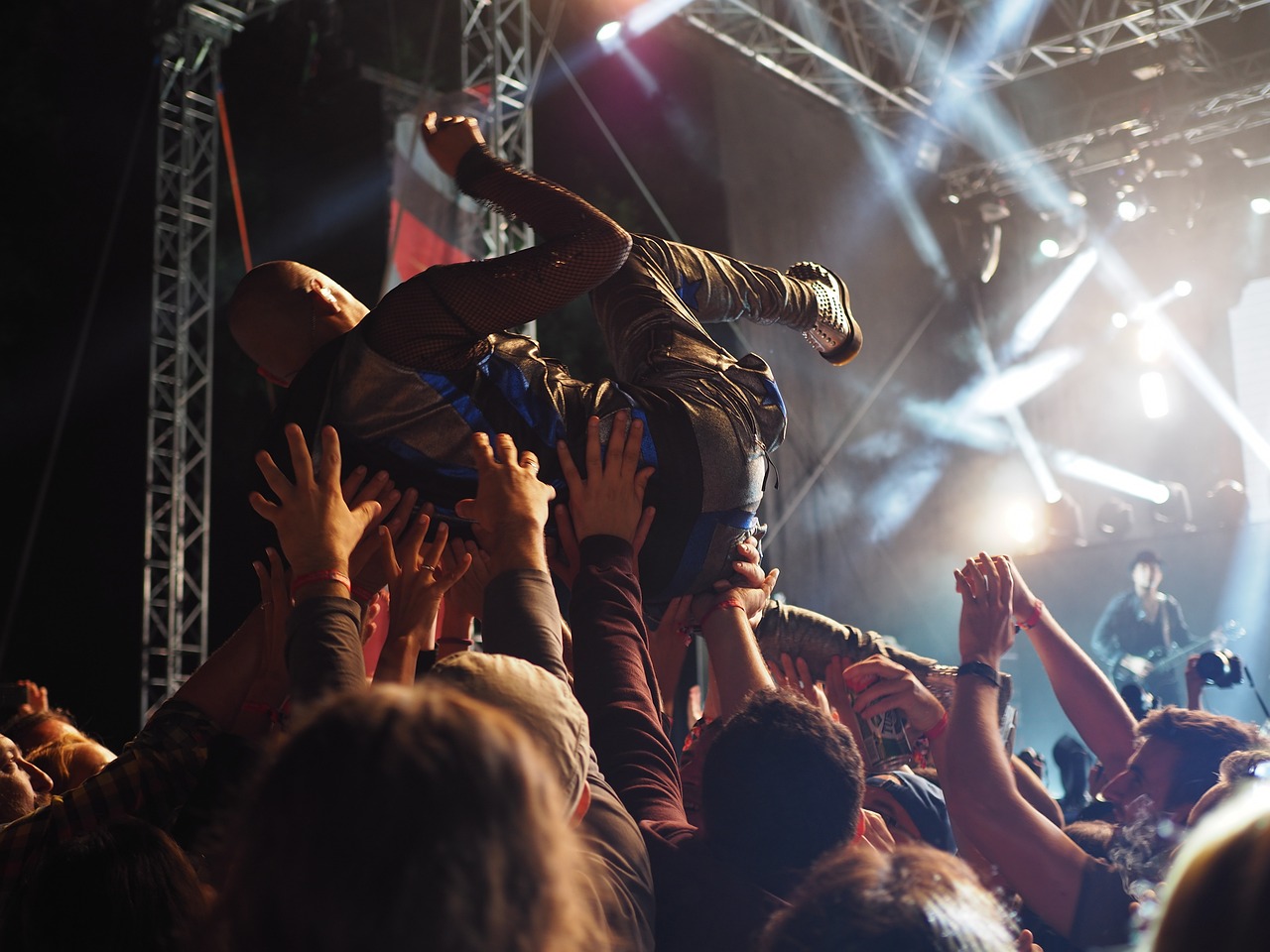
Significance of the Sun God Inti
When delving into the in Incan mythology, one must understand the central role that Inti played in the lives of the Incan people. Inti, the sun god, was revered as a symbol of warmth, light, and life itself. In Incan beliefs, the sun was not merely a celestial body but a deity that provided sustenance for crops, vitality for all living beings, and spiritual guidance for the community.
The celebration of Inti Raymi is deeply intertwined with the worship of Inti, as it pays homage to the sun god's vital role in agriculture, life, and spirituality. During the festival, elaborate ceremonies and rituals are conducted to honor Inti and express gratitude for the abundance and prosperity brought by the sun's rays. It serves as a reminder of the interconnectedness between nature, humanity, and the divine.
One of the most symbolic aspects of Inti Raymi is the ritualistic offerings made to Inti and Pachamama, the revered Mother Earth. These offerings, which often include agricultural products, flowers, and symbolic items, symbolize the reciprocity between humans and the natural world. Through these acts of reverence and gratitude, the Incan people sought to maintain harmony and balance in their lives.
Furthermore, the significance of Inti Raymi extends beyond its religious and cultural dimensions. It serves as a time for reflection, renewal, and communal bonding. The festival brings together people from diverse backgrounds to celebrate their shared heritage, values, and traditions. It fosters a sense of unity and pride among the participants, reinforcing the importance of preserving and passing down Incan customs to future generations.

Ceremonial Practices
During Inti Raymi, ceremonial practices play a central role in honoring the sun god Inti and connecting with the ancient traditions of the Incan civilization. The day begins with a ceremonial procession to Sacsayhuamán, an ancient Incan fortress overlooking the city of Cusco. Here, offerings of coca leaves, maize, and other symbolic items are made to Pachamama, the Earth Mother, seeking her blessings for a bountiful harvest and prosperity.
One of the most significant rituals of Inti Raymi is the reenactment of the Incan ceremony of the Inti Raymi, where the Incan emperor, dressed in elaborate regalia, offers sacrifices to Inti to ensure the sun's continued presence and warmth. This symbolic gesture is a powerful reminder of the deep connection between the Incan people and the natural world around them.
Throughout the day, traditional music and dance performances fill the air, creating a vibrant atmosphere that transports participants and spectators alike back in time to the glory days of the Incan Empire. The rhythmic beats of drums and the colorful swirl of dancers' costumes add to the spectacle, making Inti Raymi a feast for the senses.
As the sun sets over the Andean mountains, a sense of reverence and gratitude permeates the air, reminding everyone of the enduring legacy of the Incan civilization and the timeless wisdom of honoring the sun god Inti. The ceremonial practices of Inti Raymi serve as a bridge between the past and the present, connecting generations and preserving the cultural heritage of Peru for future years to come.
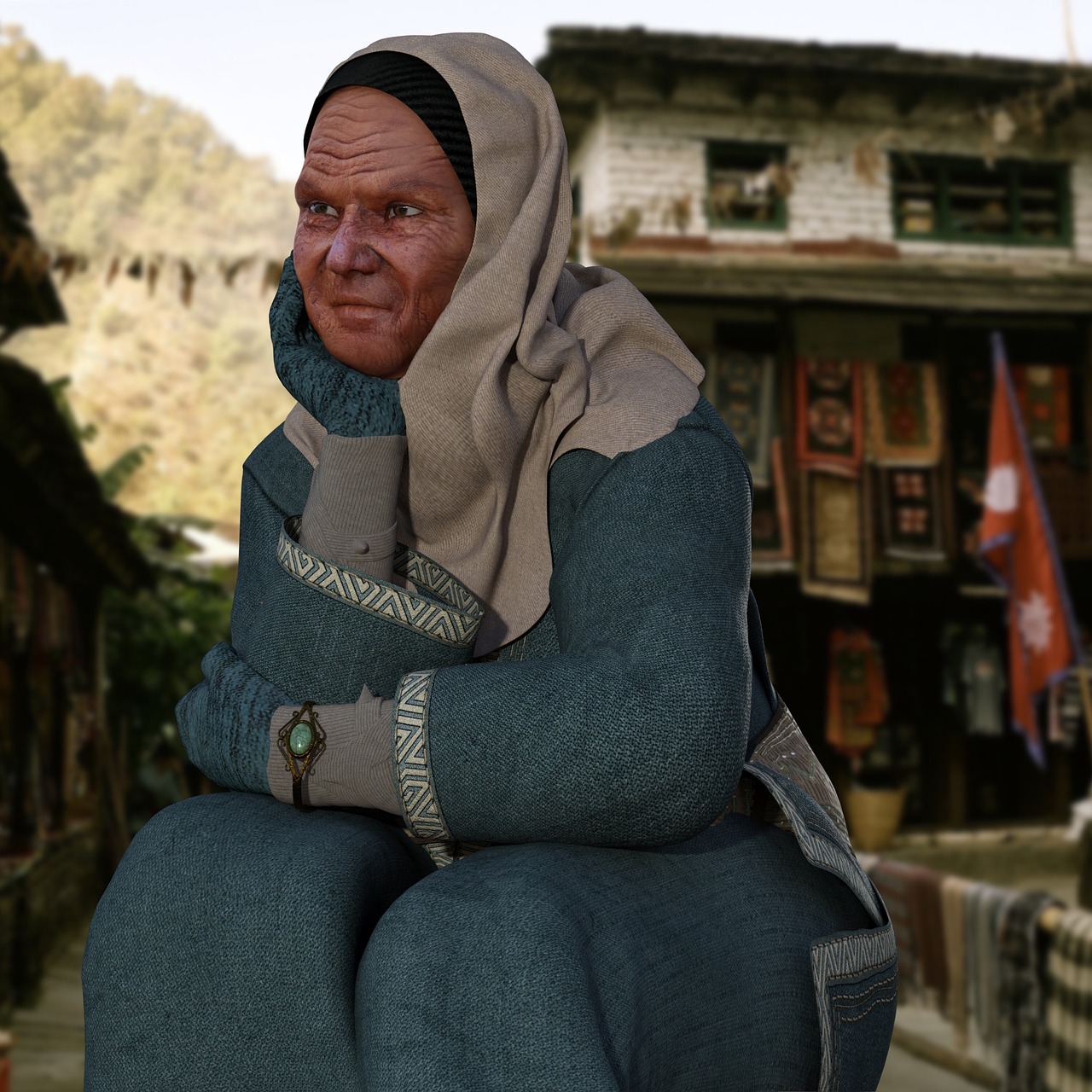
Traditional Costumes and Attire
When it comes to the showcased during Peru's Inti Raymi festival, one cannot help but be mesmerized by the vibrant display of colors, patterns, and symbolic significance that reflect the rich heritage of the Incan culture. Each piece of attire worn by participants holds a deep connection to the history and traditions of the Incan Empire, making it a crucial element of the festival's celebrations.
The traditional costumes worn during Inti Raymi are not merely clothing but rather intricate pieces of art that tell a story of the Incan civilization. These costumes are carefully crafted with attention to detail, incorporating elements such as feathers, beads, and intricate embroidery to symbolize various aspects of Incan life and spirituality. Each color used in the attire holds significance, representing different elements of nature and the cosmos according to Incan beliefs.
Participants in Inti Raymi don these traditional costumes with pride, embodying the spirit of their ancestors and paying homage to the sun god, Inti. The attire worn during the festival is a visual feast for the eyes, with bright hues and elaborate designs that capture the essence of the Incan culture. From the ornate headdresses to the intricately woven textiles, every aspect of the costumes reflects the deep-rooted traditions of the Incan people.
Moreover, the traditional costumes worn during Inti Raymi serve as a means of preserving and promoting Incan heritage, keeping alive the customs and practices of a civilization that thrived centuries ago. Through these elaborate attires, participants not only celebrate their cultural identity but also share it with the world, inviting spectators to witness the beauty and complexity of Incan traditions.
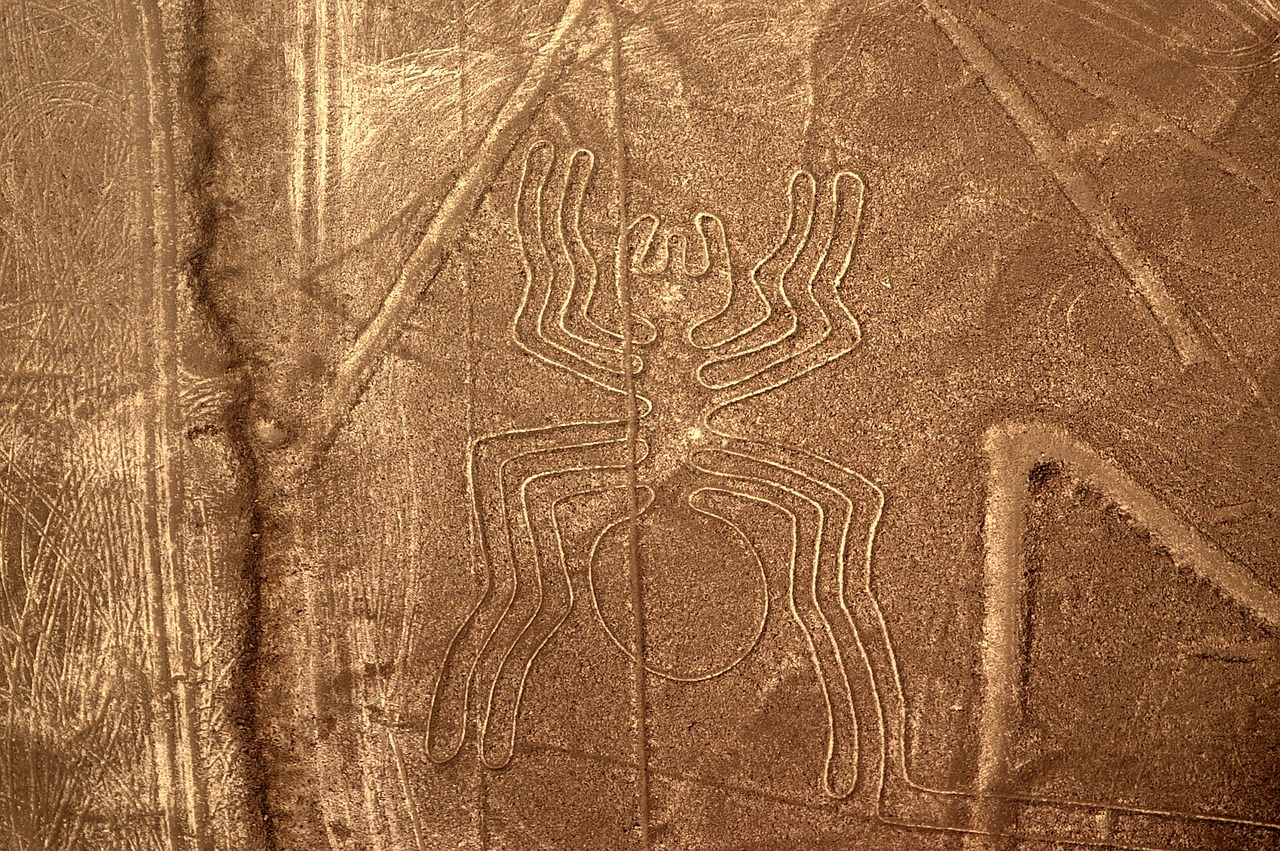
Modern-Day Festivities
Modern-day Inti Raymi festivities in Peru are a vibrant blend of ancient traditions and contemporary elements, creating a unique cultural experience for both locals and visitors. The celebration has evolved over time to incorporate modern influences while still honoring its historical roots. During the festival, you can witness a colorful display of traditional rituals, music, dance, and art that reflect the rich cultural heritage of the Incan civilization.
One of the highlights of the modern-day Inti Raymi celebration is the grand parade that winds its way through the streets, featuring elaborately costumed participants, lively music, and captivating dance performances. The parade is a visual feast for the senses, showcasing the diversity and creativity of Peruvian culture. Spectators from around the world gather to witness this spectacle and immerse themselves in the festive atmosphere.
Throughout the festivities, you will encounter a mix of traditional and contemporary elements, such as art exhibitions, culinary events, and musical performances that cater to a wide range of interests. The fusion of old and new creates a dynamic and engaging experience for all attendees, fostering a sense of connection to Peru's rich cultural heritage.
Local communities play a significant role in organizing and participating in the modern Inti Raymi celebrations, contributing their unique traditions and talents to make the event a success. Artists, craftsmen, and volunteers come together to showcase their skills and creativity, adding a personal touch to the festivities and strengthening the sense of community spirit.

Parades and Processions
Parades and processions are the heart and soul of the Inti Raymi festival, pulsating with the rhythmic beats of traditional music and the vibrant hues of elaborate costumes. As the sun rises over the ancient Incan capital of Cusco, the streets come alive with a kaleidoscope of colors and sounds, drawing in locals and tourists alike to witness this mesmerizing display of cultural heritage.
The parades during Inti Raymi are a visual feast, with participants adorned in intricate costumes that pay homage to the Incan traditions and beliefs. Each costume tells a story, with symbolic patterns and colors representing the connection between the Incan people and the natural world around them. It's a living tapestry of history and spirituality woven through the streets of Cusco.
Processions wind their way through the cobblestone streets, led by dancers moving to the hypnotic rhythms of traditional music. The air is filled with the scent of burning incense and the sound of ancient chants, creating an atmosphere that transports onlookers back in time to the days of the mighty Incan Empire.
Amidst the swirling colors and sounds, spectators can witness the diversity of Peruvian culture on full display. From the graceful movements of traditional dancers to the intricate designs of handcrafted masks and costumes, the parades and processions of Inti Raymi offer a glimpse into the rich tapestry of traditions that have been passed down through generations.
As the procession reaches its climax at the historic Sacsayhuamán fortress, the energy is palpable, with performers giving their all in a final burst of celebration. It's a moment of unity and pride, where the past and present converge in a dazzling spectacle that leaves a lasting impression on all who have the privilege to witness it.
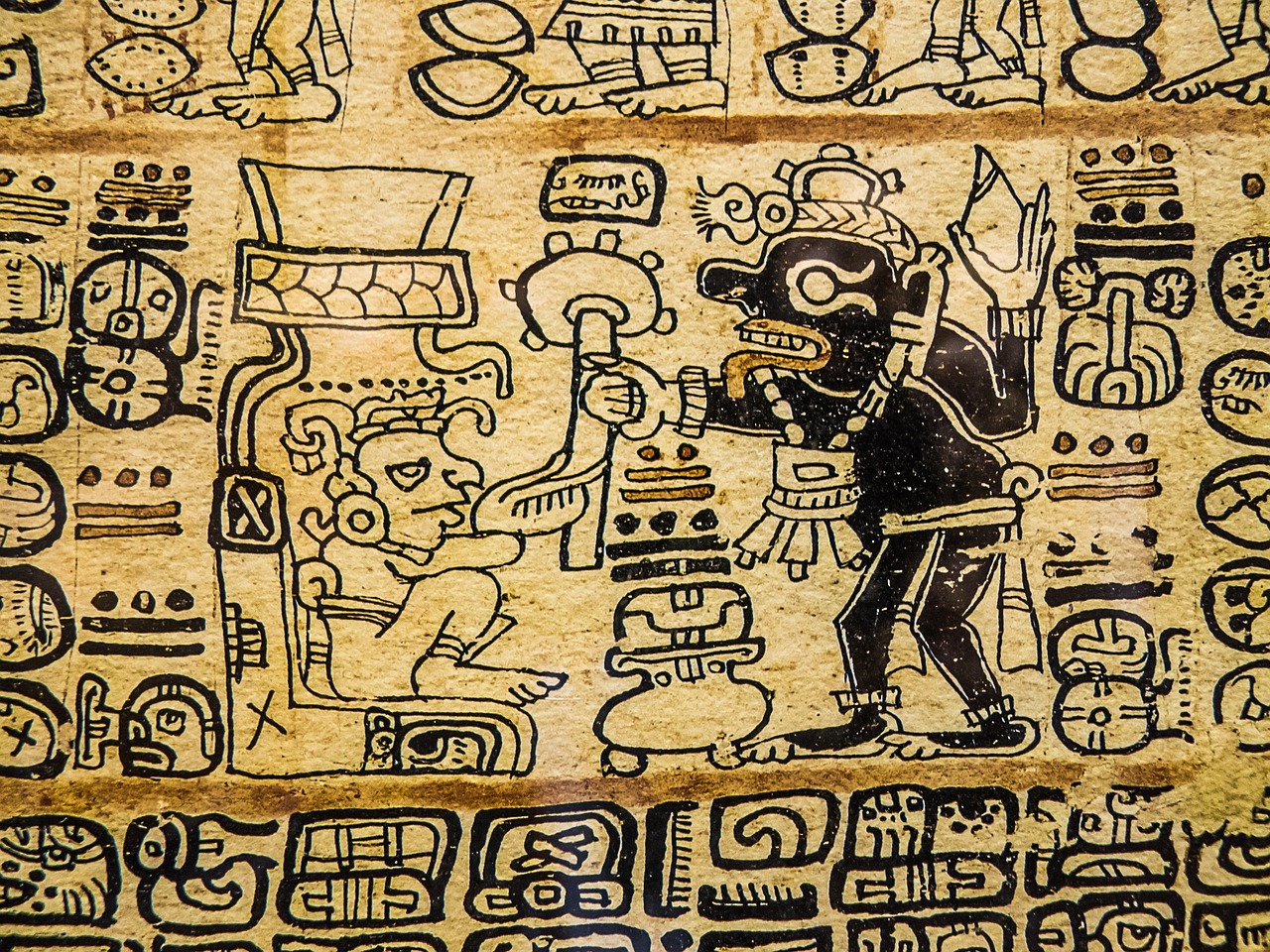
Community Participation
Community participation plays a vital role in the vibrant celebration of Inti Raymi. Local residents, artists, and volunteers come together to organize and partake in the festivities, creating a sense of unity and cultural pride that is palpable throughout the event. The collaborative efforts of the community ensure that the traditions and rituals of Inti Raymi are upheld and passed down through generations, preserving the rich cultural heritage of Peru.

Impact on Tourism
Inti Raymi has emerged as a significant cultural event that not only holds immense traditional value but also plays a crucial role in boosting tourism in Peru. The festival attracts a large number of domestic and international tourists each year, drawn to the vibrant celebrations and rich cultural heritage on display. The influx of visitors during Inti Raymi has a substantial impact on the local economy, benefiting various sectors such as hospitality, transportation, and local businesses.
One of the key drivers of tourism during Inti Raymi is the unique opportunity it provides for visitors to immerse themselves in the rich Incan culture and witness ancient rituals firsthand. Tourists have the chance to experience traditional music, dance performances, and elaborate ceremonies that offer a glimpse into Peru's fascinating history and spiritual beliefs. This cultural exchange not only enriches the visitor experience but also fosters a deeper appreciation for Peru's diverse heritage.
Furthermore, the increased tourism during Inti Raymi creates employment opportunities for local communities, particularly in the artisanal and handicraft sectors. Artisans and vendors showcase their traditional crafts and products during the festival, allowing tourists to purchase authentic souvenirs and support local businesses. This direct interaction between tourists and local artisans not only contributes to the preservation of traditional craftsmanship but also promotes sustainable tourism practices.
Moreover, the global visibility of Inti Raymi as a renowned cultural event has positioned Peru as a top destination for cultural tourism. The festival serves as a platform to showcase the country's rich heritage and diverse cultural traditions to the world, attracting cultural enthusiasts and history buffs from far and wide. The positive impact of Inti Raymi on Peru's tourism industry extends beyond the festival itself, as it highlights the country's cultural vibrancy and historical significance, enticing travelers to explore more of what Peru has to offer.
Frequently Asked Questions
- What is the history behind Inti Raymi?
Inti Raymi dates back to the Incan Empire and is a significant cultural event in modern-day Peru, celebrating the sun god Inti and the vital role of the sun in Incan life.
- What are the ceremonial practices during Inti Raymi?
Inti Raymi involves intricate rituals like offerings to Pachamama and reenactments of ancient Incan traditions, symbolizing the connection between the Incan people and their heritage.
- How is Inti Raymi celebrated in modern-day Peru?
Today, Inti Raymi blends traditional rituals with modern elements, attracting visitors worldwide to witness the colorful parades, music, dance performances, and cultural displays.
- What is the significance of community participation in Inti Raymi?
Community involvement in Inti Raymi fosters unity and cultural pride as local residents, artists, and volunteers come together to organize and partake in the festivities.
- How has Inti Raymi impacted tourism in Peru?
Inti Raymi has become a major tourist attraction, boosting Peru's tourism industry and providing economic opportunities for local businesses and artisans, contributing to the country's cultural and economic growth.







